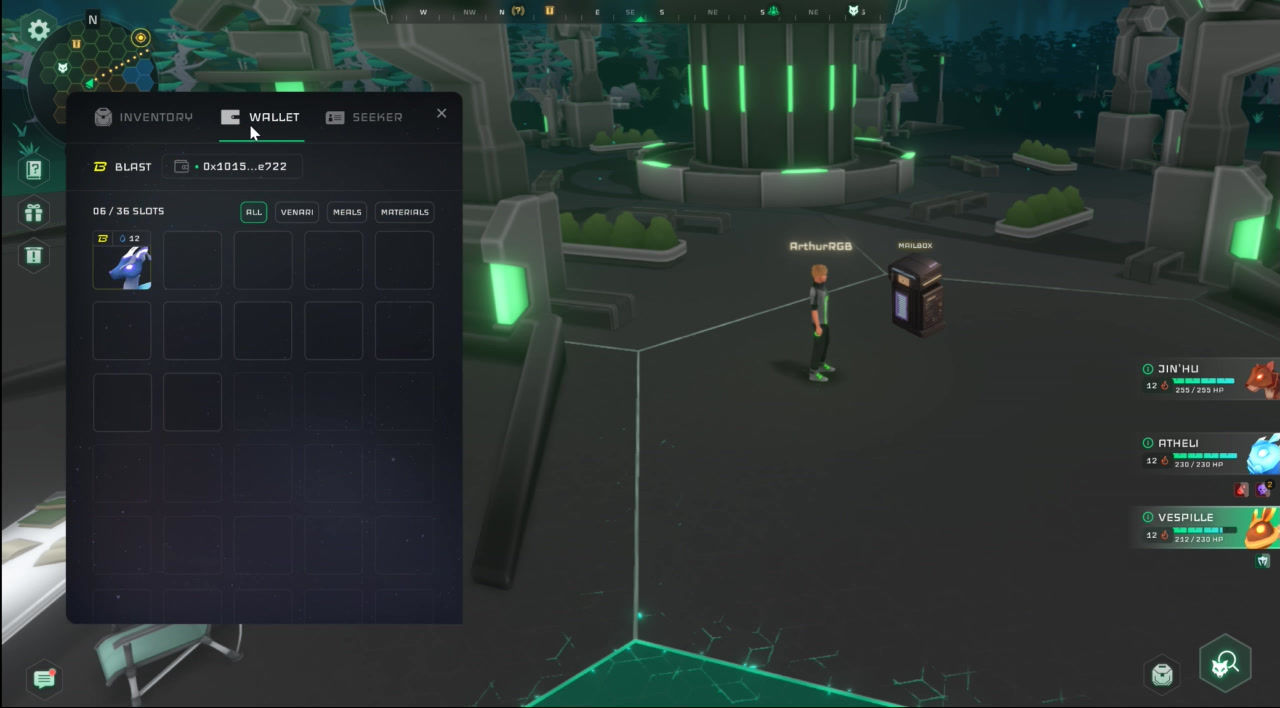DESIGN PROCESS
Bridging Ideas and Execution
Check out my design process and how I tackle problems, using design thinking methodologies and other tools to explore ideas and shape the best possible outcome.





01 EMPATHIZE
Understanding Users &
Their Needs
Great design starts with deep empathy.
I begin by researching users, analyzing their behaviors, needs, and pain points.
This phase includes:
-
Defining target audience and personas
-
User interviews / Surveys
-
Reviewing user data, empathy mapping.

02 DEFINE
Framing the Problem
With insights gathered, I clearly define the problem. This stage helps create a focused design approach by
This phase includes:
-
Synthesizing research data into key insights
-
Crafting a clear problem statement
-
Establishing goals and success metrics

03 IDEATE
Exploring Creative Solutions
Once the problem is clearly defined, I explore multiple possible solutions.
This phase includes:
-
Brainstorming and sketching initial concepts
-
Creating wireframes and flow diagrams
-
Collaborating with stakeholders for feedback

04 PROTOTYPE
Bringing Ideas to Life
Turning concepts into tangible experiences, I build interactive prototypes that help visualize and test ideas.
This phase includes:
-
Developing low to high-fidelity prototypes
-
Creating UI mockups and interactive elements
-
Rapid iteration based on initial feedback

05 TEST
Refining Through Feedback
User feedback is critical to refining and improving a design, here we can conduct usability tests.
This phase includes:
-
Observe real users interacting with the prototype
-
Gather qualitative and quantitative data
-
Iterate and improve based on insights

06 ITERATE
Continuous Improvement
Design is an ongoing process. After testing, I revisit findings to refine and enhance the solution.
This phase includes:
-
Revisit user feedback to identify unmet needs
-
Co-create solutions with stakeholders based on real-world context
-
Iterate rapidly, test refinements, and evolve the design continuously
PROTOTYPES


